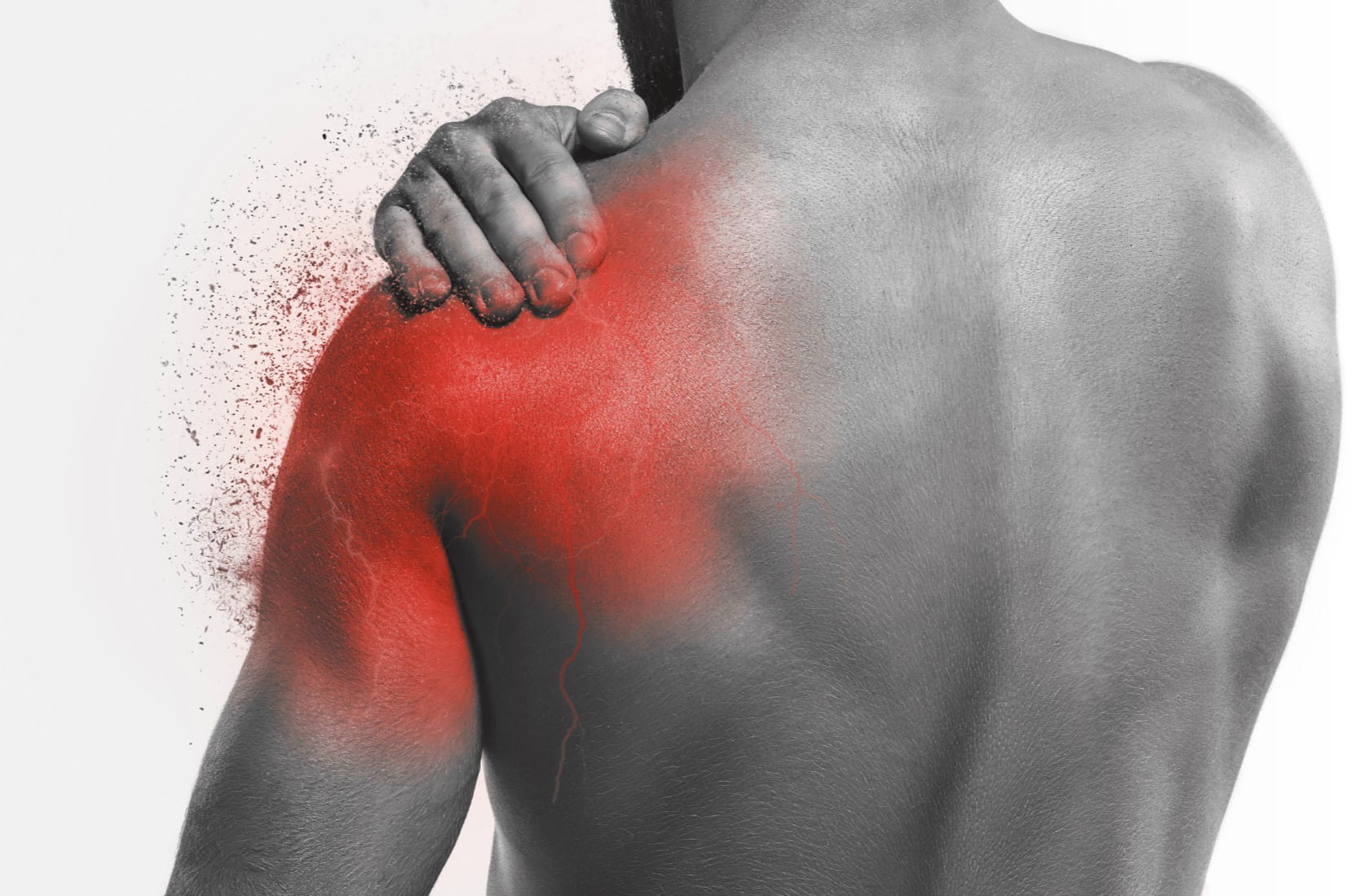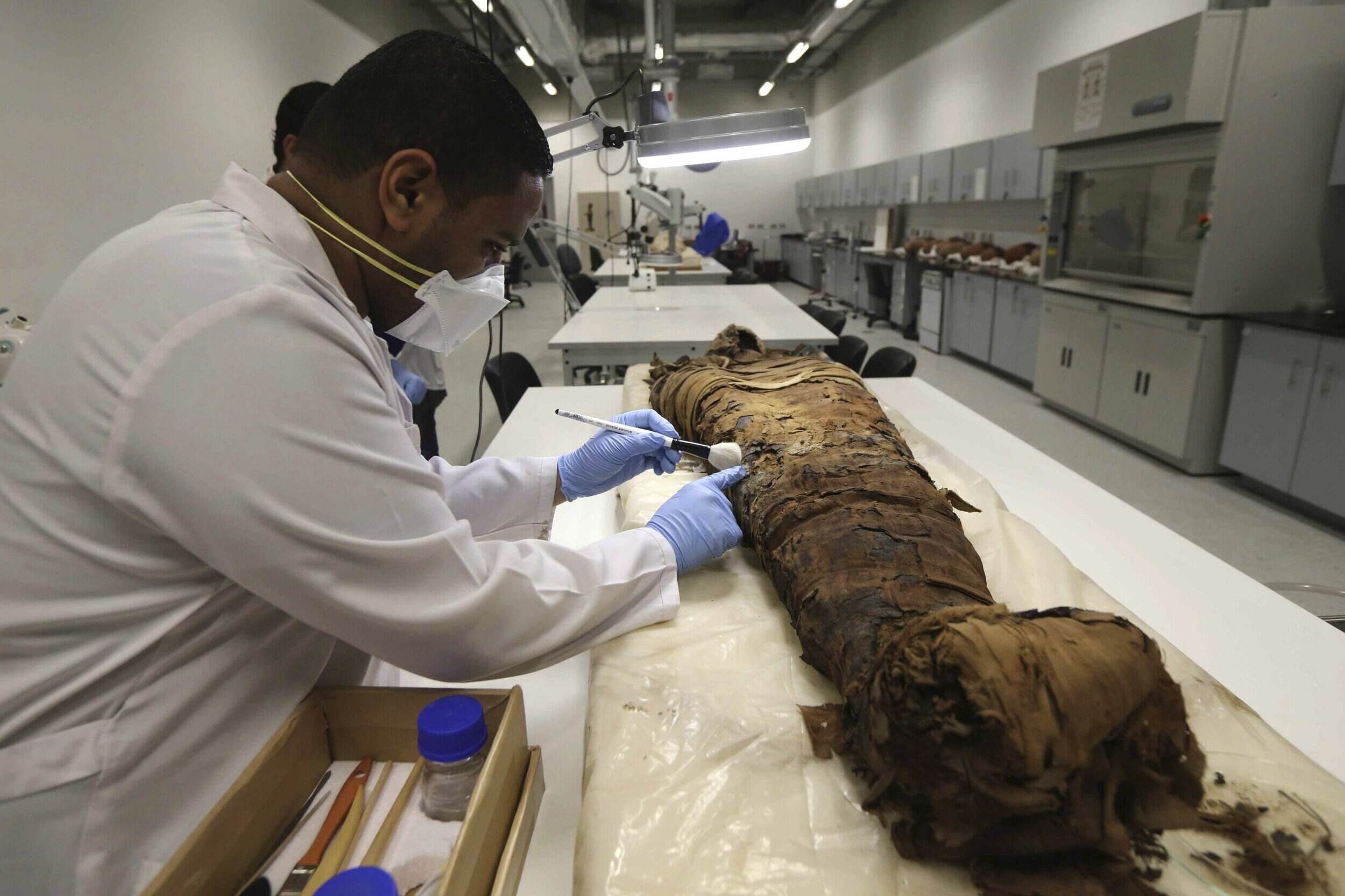
Have you ever experienced sudden, severe shoulder pain followed by muscle weakness? If so, you might be curious about Parsonage-Turner Syndrome (PTS). This rare neurological disorder, also known as neuralgic amyotrophy, affects the brachial plexus—a network of nerves running from the spine through the neck into each armpit. PTS often begins with intense, unilateral shoulder pain that can spread to the neck, arm, and hand. Over time, this pain may give way to muscle weakness and atrophy. While the exact cause remains unclear, factors like recent viral infections, surgeries, and autoimmune disorders are known triggers. Understanding PTS is crucial for managing its symptoms and improving quality of life.
Key Takeaways:
- Parsonage-Turner Syndrome (PTS) is a rare condition causing sudden shoulder pain and muscle weakness. It affects men more than women and can be triggered by surgeries, infections, and autoimmune disorders.
- Early diagnosis and proper management are crucial for PTS. Treatment focuses on symptom management, including pain relief and rehabilitation to regain muscle strength and function.
What is Parsonage-Turner Syndrome?
Parsonage-Turner Syndrome (PTS) is a rare neurological disorder that can cause sudden, severe shoulder pain followed by muscle weakness. Let's dive into some key facts about this condition.
-
Definition and Synonyms: PTS is also known as neuralgic amyotrophy or idiopathic brachial plexopathy. It affects the brachial plexus, a network of nerves extending from the spine through the neck and into each armpit.
-
Incidence: This condition is rare, affecting about 1.64 per 100,000 people annually. Men are more frequently affected than women, especially in their 30s and 70s.
-
Symptoms: The main symptom is severe, unilateral shoulder pain. This pain can be sharp, aching, burning, or stabbing and often spreads to the neck, arm, and hand on the same side.
Phases and Recovery
Understanding the different phases of PTS and the recovery process can help manage expectations and treatment plans.
-
Acute Phase: During this phase, patients experience severe and constant pain, which worsens in the evenings and at night. This phase is followed by muscle weakness and atrophy.
-
Chronic Phase: Pain may become milder or persist as low-grade chronic pain lasting a year or more. Muscle weakness and atrophy often accompany this phase.
-
Recovery: About 75% of cases occur only once. Most patients regain 80-90% of muscle strength within 2-3 years, though some may experience residual weakness and exercise intolerance.
Causes and Risk Factors
Various factors can trigger PTS, including surgeries, infections, and autoimmune disorders.
-
Pathophysiology: The exact cause is unknown, but it likely involves an abnormal inflammatory response from the immune system attacking the brachial plexus nerves.
-
Risk Factors: Surgical procedures, trauma, recent viral infections, vaccinations, and autoimmune disorders can increase the risk of developing PTS.
-
Post-Surgical Cases: PTS often develops after surgery, typically within 24 hours to a week. Operative manipulation and positioning techniques during surgery are common triggers.
Diagnosis and Treatment
Early diagnosis and appropriate treatment are crucial for managing PTS effectively.
-
Diagnostic Challenges: PTS is often underdiagnosed due to a lack of clinical suspicion and specific diagnostic tools. Early diagnosis is vital for effective treatment.
-
Diagnostic Tests: Diagnosis involves clinical evaluation and specialized imaging tests like electromyography (EMG), magnetic resonance neurography (MRN), MRI, ultrasound, or nerve conduction studies.
-
Treatment: Since the cause is unknown, treatment focuses on symptom management. Pain management often involves NSAIDs and corticosteroids. Immobilization may be recommended during the acute phase.
Rehabilitation and Long-Term Management
Rehabilitation plays a crucial role in recovery, helping patients regain strength and function.
-
Physical Therapy: Once acute pain subsides, physical therapy helps strengthen and stretch muscles, improving strength and range of motion.
-
Occupational Therapy: This therapy helps manage daily activities that may be challenging due to muscle weakness and atrophy.
-
Surgical Intervention: In some cases, surgery may be necessary to repair nerve damage. Imaging studies help determine if surgery is appropriate.
Additional Facts
Here are some more interesting facts about PTS that highlight its complexity and impact on patients' lives.
-
Imaging Findings: Improved imaging methods have revealed characteristic hourglass-shaped constrictions on nerves affected by PTS.
-
Nerve Damage: Damage to peripheral nerves causes pain and muscle weakness. Affected nerves can't send messages effectively, leading to muscle atrophy.
-
Muscle Atrophy: Over time, muscles may shrink and become thinner due to inadequate nerve stimulation.
-
Pain Management: Pain management is crucial, involving medications like NSAIDs and corticosteroids to alleviate pain during acute and chronic phases.
-
Immobilization: Techniques like resting the affected limb or using splints can minimize pain during the acute phase.
-
Physical Therapy Exercises: Tailored exercises help strengthen and stretch affected muscles, improving strength and range of motion.
-
Occupational Therapy: Therapists help patients learn strategies to perform daily tasks effectively despite their condition.
-
Surgical Repair: Surgeons use imaging studies to determine if surgical repair of nerve damage is necessary.
-
Regeneration of Nerves: EMG testing may show evidence of nerve regeneration once acute pain subsides, indicating healing.
-
Chronic Pain Management: Various treatment options, including medications, physical therapy, and occupational therapy, manage chronic pain effectively.
-
Residual Paresis: Residual weakness can occur in up to 70% of patients, requiring ongoing management through therapy.
-
Exercise Intolerance: Muscle weakness and atrophy can make physical activities challenging, leading to exercise intolerance.
-
Blood Vessel Affection: In some cases, blood vessels may be affected, causing skin discoloration or spotting on the hands.
-
Sensory Abnormalities: Sensory issues like increased sweating or cold hands and forearms can occur due to nerve damage.
-
Age and Gender Distribution: PTS affects men more often than women, with the highest incidence in the third and seventh decades of life.
-
Triggering Events: Various events, including recent viral illnesses, vaccinations, and autoimmune disorders, can trigger PTS.
-
Post-Viral Illnesses: Recent viral illnesses like varicella virus, herpes simplex, HIV, and SARS-CoV2 are common triggers.
-
Post-Vaccination Triggers: Vaccinations can trigger PTS due to an abnormal inflammatory response.
-
Autoimmune Disorders: Conditions like systemic lupus erythematosus, polyarteritis nodosa, and temporal arteritis can trigger PTS.
-
Operative Manipulation: Surgical trauma can lead to inflammation and nerve damage, triggering PTS.
-
Positioning Techniques: Various surgical positioning techniques can cause trauma to nerves, leading to inflammation.
-
Immune-Mediated Inflammation: This common underlying mechanism in post-surgical cases causes nerve damage and symptoms.
-
Genetic Component Suggestion: There may be an underlying genetic component in PTS, though this is not fully understood.
-
Clinical Presentation: PTS typically presents with severe shoulder pain that may be sharp, aching, burning, or stabbing, spreading to the neck, arm, and hand.
-
Prognosis and Management: The prognosis varies depending on nerve damage severity and treatment effectiveness. Early diagnosis and proper management can significantly improve outcomes.
Final Thoughts on Parsonage-Turner Syndrome
Parsonage-Turner Syndrome (PTS) is a rare but impactful condition affecting the brachial plexus nerves. It starts with severe shoulder pain, often followed by muscle weakness and atrophy. While the exact cause remains unclear, factors like viral infections, surgeries, and autoimmune disorders can trigger it. Diagnosis involves clinical evaluation and imaging tests like EMG and MRI. Treatment focuses on pain management, physical therapy, and sometimes surgery. Most patients recover significantly within 2-3 years, though some may experience residual weakness and exercise intolerance. Early diagnosis and proper management are crucial for better outcomes. Understanding PTS helps in providing effective care and improving the quality of life for those affected.
Frequently Asked Questions
Was this page helpful?
Our commitment to delivering trustworthy and engaging content is at the heart of what we do. Each fact on our site is contributed by real users like you, bringing a wealth of diverse insights and information. To ensure the highest standards of accuracy and reliability, our dedicated editors meticulously review each submission. This process guarantees that the facts we share are not only fascinating but also credible. Trust in our commitment to quality and authenticity as you explore and learn with us.


